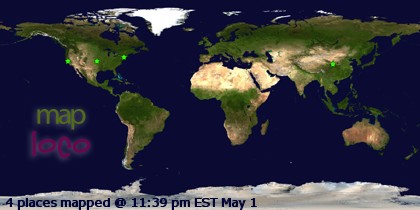Turns out the place is affiliated with the San Diego Zoo, and while not generally open to the public, hosts lots of school kids. It used to be a prison, and the re-purposing of the facility is pretty cool. They used to breed the Nene, a native goose that, in 1952, was down to a population of 30.
 |
| Apparently descended from the Canada Goose about 500,000 years ago |
Now the Centre's principal captive breeding focus are 3 birds, the 'Alala (the Hawaiian Crow), the Maui Parrotbill and the Puaiohi (a thrush from Kaua'i).
In 1997, the global population of the 'Alala was about 20 birds. They are officially extinct in the wild. Today, they're up to ~118, about 1/3 of which are in a breeding program at the Centre, the rest of which are in a sister facility on the Big Island.
 |
| Rare crow dude |
The Maui Parrotbill still lives in the wild, but is critically endangered in that there's fewer than 500 of them, and they all live in two small bits (a total of only ~5,000 acres) of rainforest on the wet side of Haleakela.
 |
| Love the beak |
The last dude isn't as cute, but he's just as endangered. The only ~200 wild Puaihoi live in a swamp on Kaua'i.
 |
| One of a few in the centre |
 |
| Kinda drab for a tropical bird |
It was an interesting facility, and our tour guide was one of those enthusiastic, energetic types who make Red Bull nervous. We even got to see the silkworms that they breed to feed to the Parrotbills in order to keep the colour in their feathers.
 |
| Shades of Indiana Jones, on a small scale |


No comments:
Post a Comment